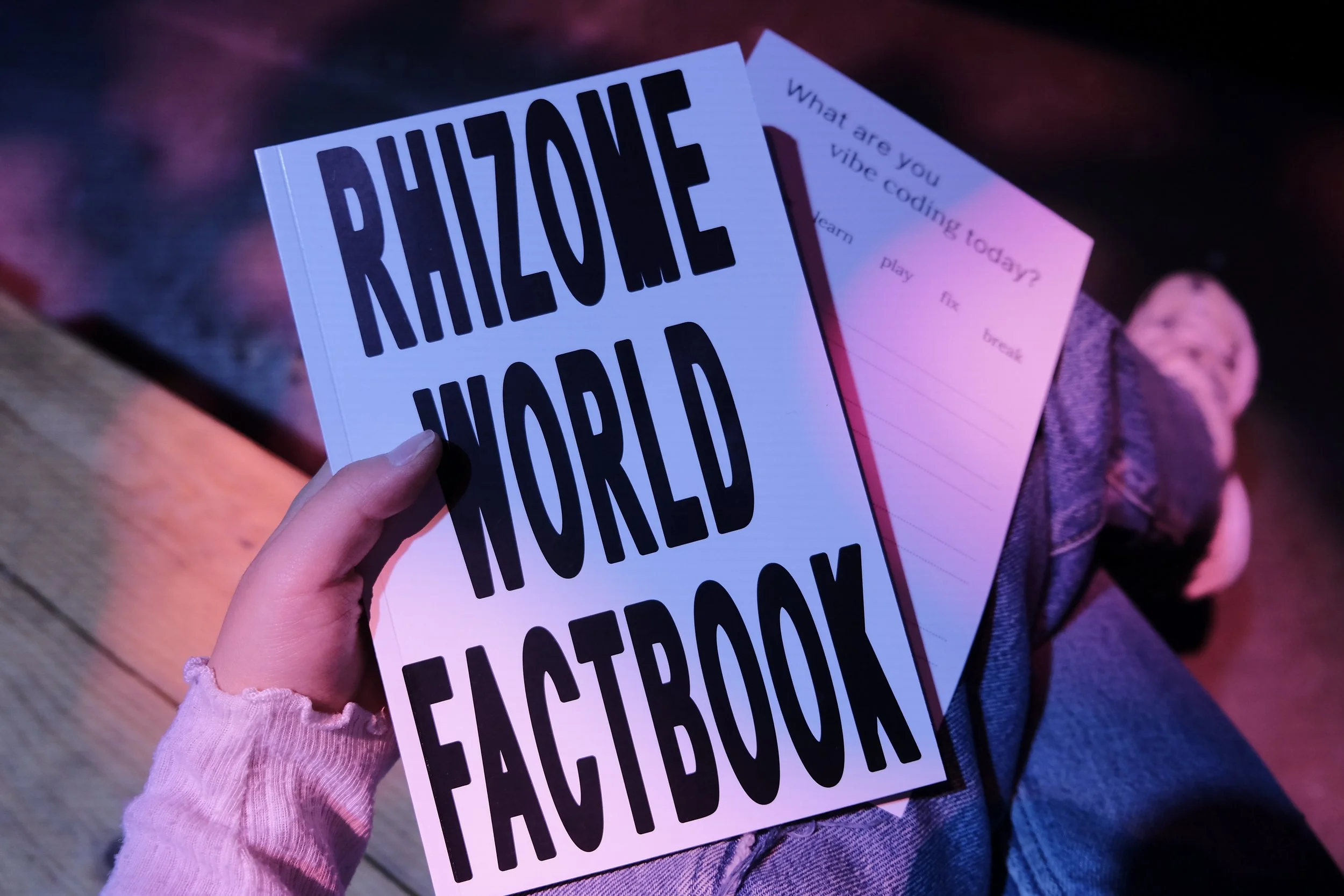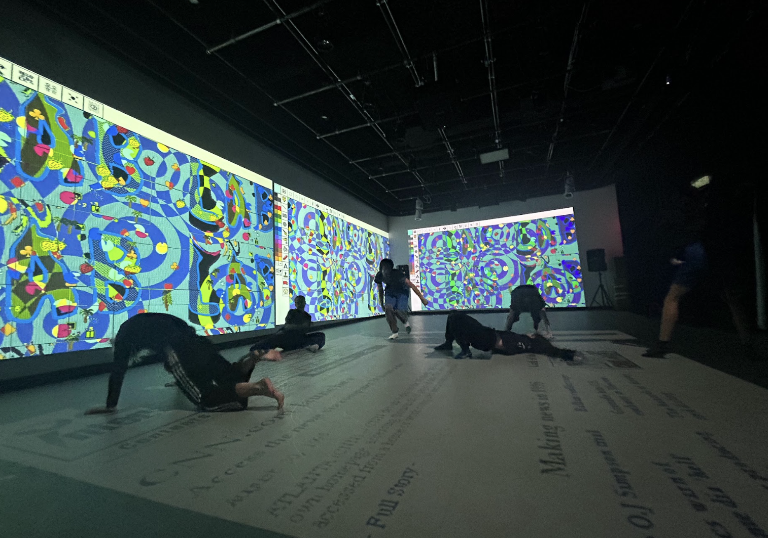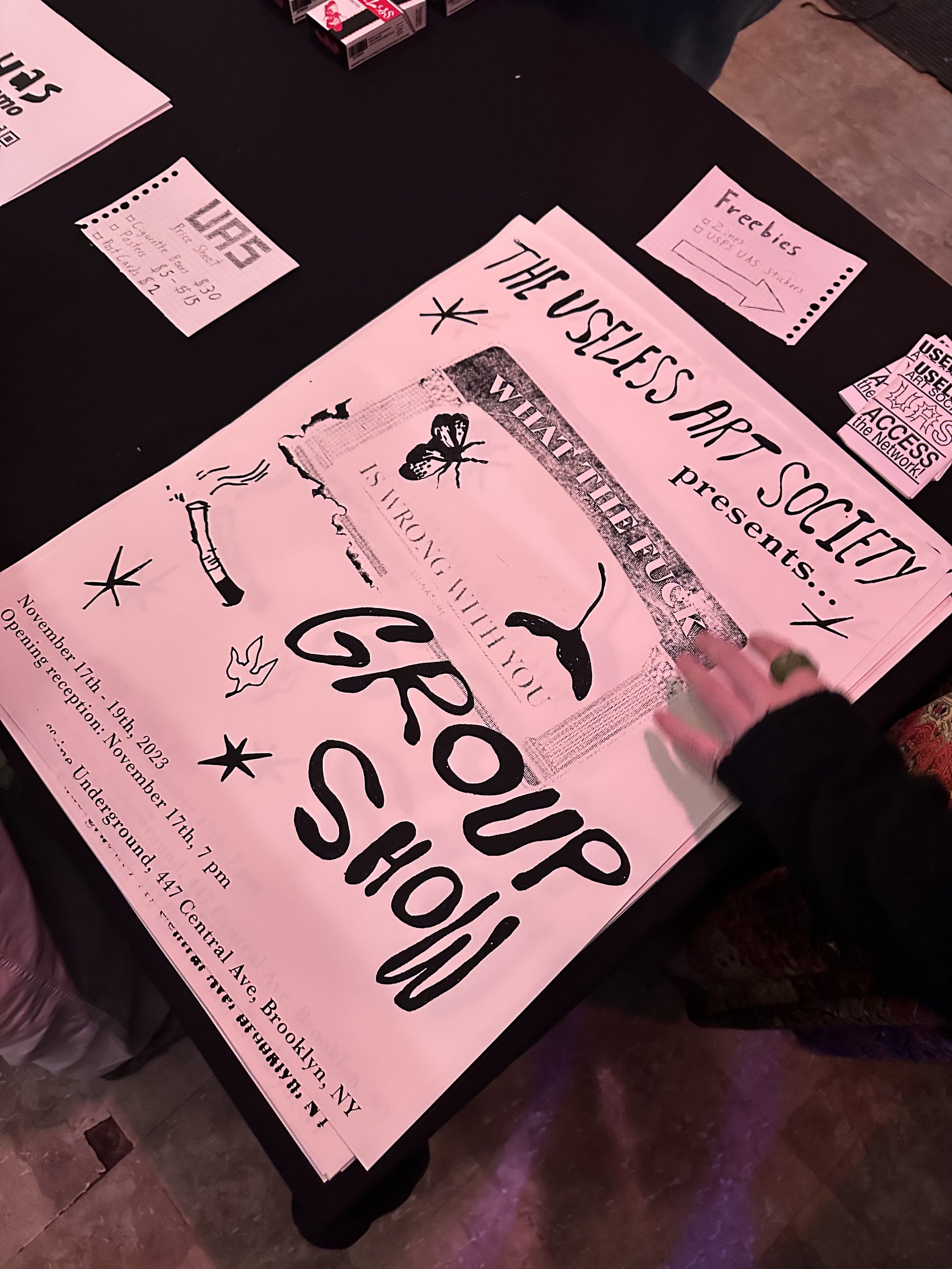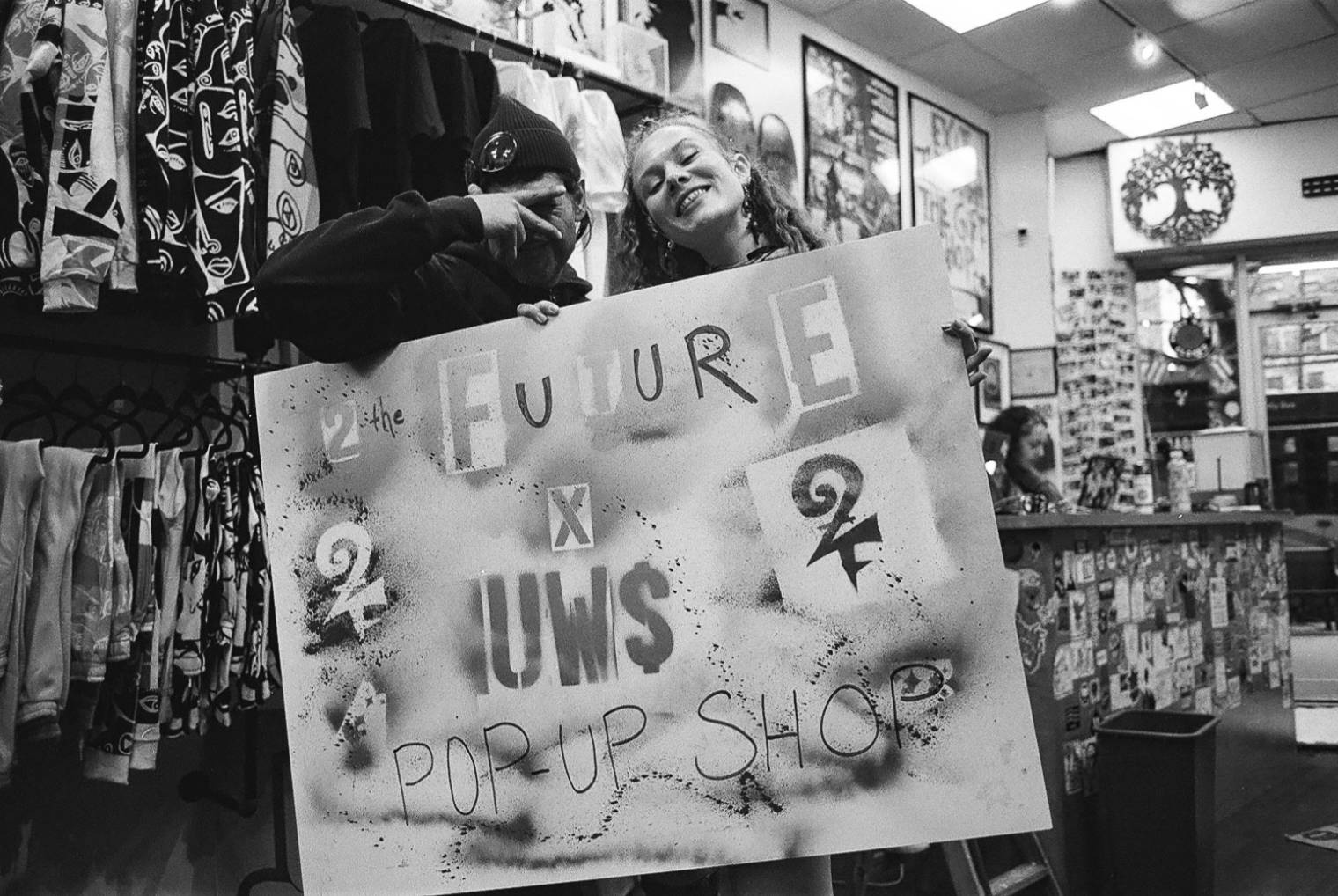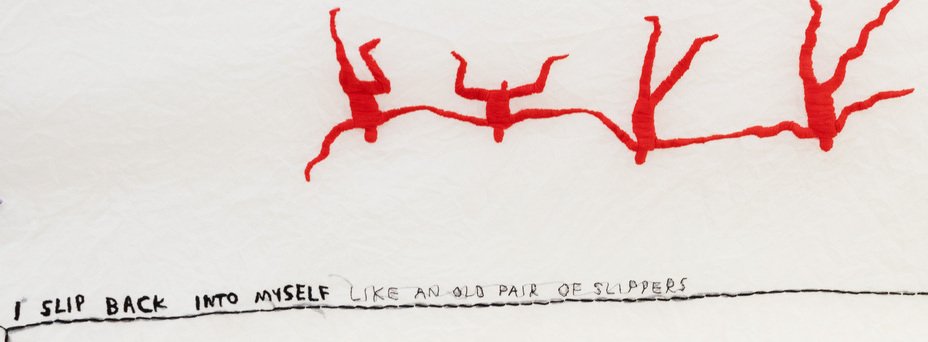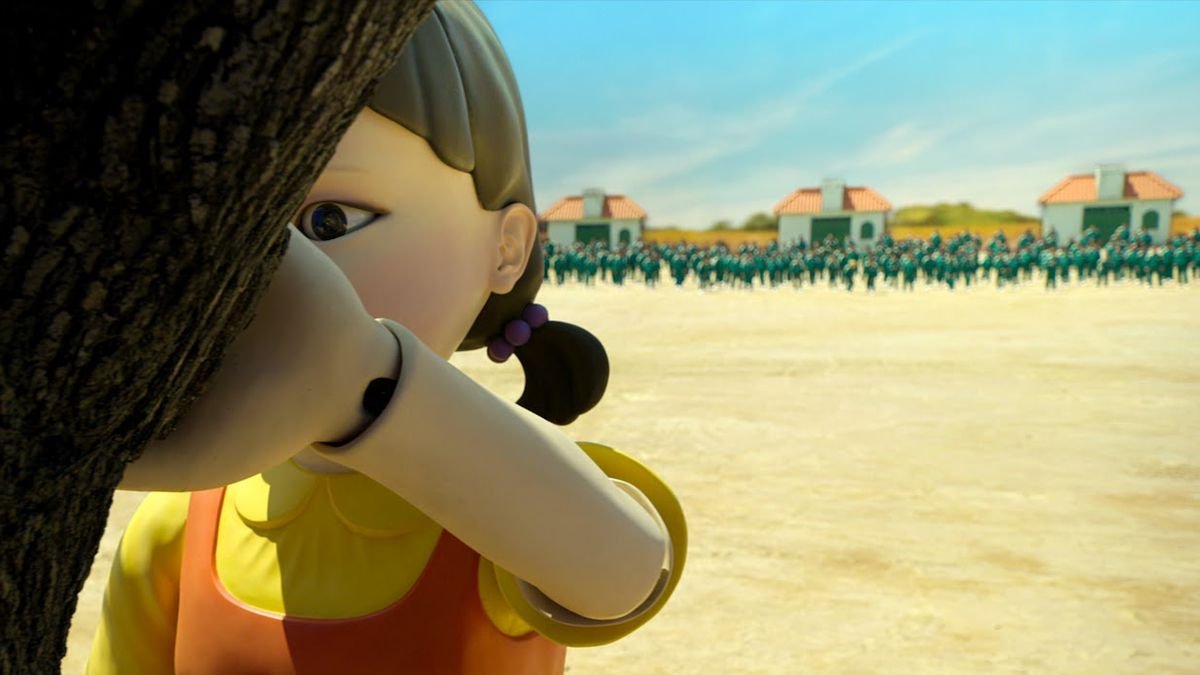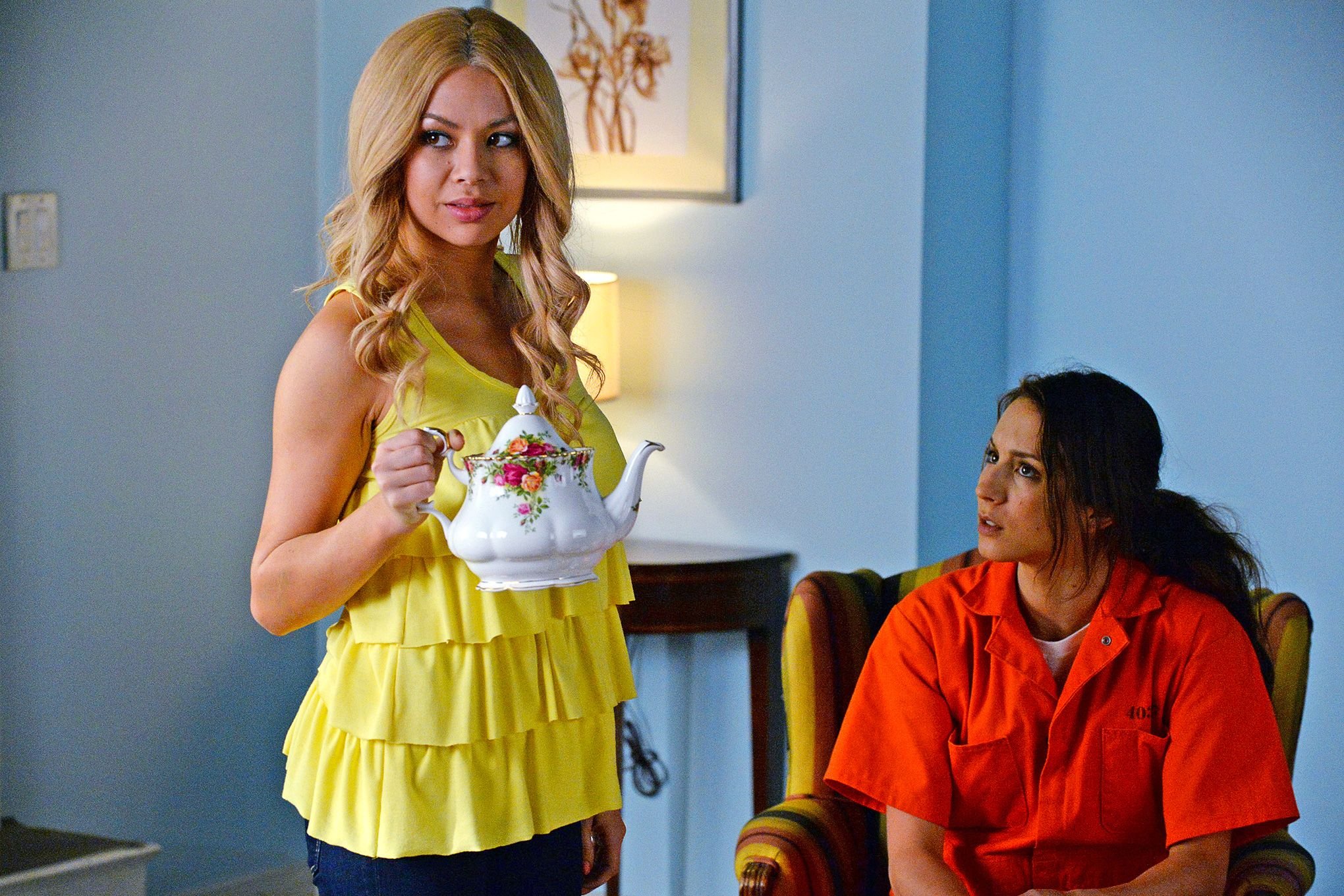Written by Will Lyman
After the daylights were saved and the sun started to set at 5pm, I found myself spending a lot of time searching for joy in the afternoon. There is a great argument to be made that the sun could be replaced by exercise, quality time with friends, or something mindful. Yet, I made rewatching ABC Family’s teen crime/drama, Pretty Little Liars, the central purpose of my time.
The show was extremely popular after its premiere in 2010, running for seven seasons and garnering a passionate, slightly-obsessive fanbase that I was a part of. Yet, it struggled to retain its audience into the later seasons as the show became more convoluted. A success story of the pre-streaming era, the episodic format of the show ultimately led to its downfall.
Pretty Little Liars (PLL for short) has an undeniable appeal: the queen bee of a small town in Pennsylvania goes missing and her former clique starts receiving anonymous texts threatening to reveal the secrets only she knew. The premise alone had me throwing Emmys at the creator, Marlene King. Nothing could compare to the intensity of seeing a taunting “A” text pop up on screen––an occasion I always wished would happen to me.
My brief but intense love affair with the show had ended in early 2015, once I lost the ability to keep up with the ever-expanding plot lines. Rewatching the show was surprisingly refreshing, given the years since I’d first seen it. An intense nostalgia came over me at the sight of ruffled blouses, ankle boots, skinny jeans, big sunglasses, and chunky jewelry. It grounded me with a reminder of the cultural renaissance of the early 2010s––a time period that raised our generation. Beyond this, I was struck by the ingenuity of the early plotlines––ones that made the everyday lives of the characters just as gripping as the murder scandal that loomed in the background.
My amusement slowly faded as I got into the later seasons of the show, an expected theme in these long-running media juggernauts of the 2010s. Lost, The Walking Dead, and Game of Thrones come to mind as similar cult favorites that notoriously “flopped” in their later years. After season four, PLL becomes confused, reliant on gimmicks, and obsessed with trying to out-smart the viewer rather than crafting cohesive plotlines. It almost becomes comical. Some of the most memorable plot developments of the later seasons include the two separate sets of evil twins; their trip to a supernatural “Ravenswood” where it is suggested that a character actually died in 1917, a character being killed by falling three feet off a theater stage, “A” implanting a note in protagonist Hannah’s tooth while she is at the dentist, and “A” stealing Emily’s embryos and impregnating another character. I began to miss the days when an “A” text simply meant an ominous joke. I had to force myself to appreciate the show as an act of camp, one dedicated to preserving the sense of mystery rather than supplying one.
The downfall of Pretty Little Liars comes when you examine its limiting episodic structure. The show premiered during the golden era of weekly TV, where the industry standard was a twenty-something episode season, renewed annually, with special mid-season finales, holiday episodes, and musical specials. For this reason, the intriguing mystery at the heart of the show is diluted and muddled by the writers’ attempts to prolong the episode count. PLL was a product of its time, an era before streaming services dominated the industry. The show increasingly chose quick gags and cheap cop-outs to extend the runtime of the show over effective storytelling. It gave the illusion of an endgame meticulously planned since the first episode, when in reality, the plot was improvised on a season-to-season basis. By the time the show ended, almost nine different people had been the anonymous “A” at some point, an obvious cop-out rather than a planned narrative arc.
What seems like a simple mystery in the early episodes––wondering who killed Alison and who is sending them anonymous threats––becomes a conversation of who didn’t kill Alison. On the night of her death, Alison is mistakenly bludgeoned, buried alive, dug out of the ground, and later replaced by an identical blonde girl in a similar yellow top who was also bludgeoned and buried in the exact same location. Six different people are somehow involved in her death, and Alison interacts with over fifteen different characters on the night of her disappearance, each with their own season-long arcs dedicated to exploring their involvement. It was clear that the writers had no direction for the narrative arc of the show. While this formula worked for years, the pressure to wrap up the central mystery quickly devolved into chaos.
The crime drama series simply doesn’t fit this mold. Since Pretty Little Liars rose to prominence, popular media has increasingly embraced the true crime genre. Netflix documentaries and podcast sensations like Serial have seen incredible success. Yet, the most successful ones did so within a specific formula––the limited series. Limited or anthology series are capped at 6-10 episodes, aimed to ride a two-to-three month trend wave without the pressure to repeat this success in future iterations. The plot has a proper beginning, middle, and end, and everything is intentional. This format adapts to the oversaturated landscape we live in today, one where attention spans are shorter, viewership is never guaranteed, and the tide of public opinion is fast-moving and unpredictable. In many ways, this is a perfect format for television in 2021. The limited series provides an option for stories that are too long to capture in a two-hour film, yet don’t have the potential to be stretched into multiple-season runs.
The boom of the limited series came just after the premiere of Pretty Little Liars, most notably brought to public attention by Ryan Murphy & Brad Falchuk’s American Horror Story. In recent years, Netflix has put out incredibly successful limited series including Tiger King, Ratched, and The Haunting of Hill House. HBO has also produced some of the most successful uses of this format in The Undoing, The White Lotus, and Sharp Objects. Almost all of these productions focus on a central murder mystery in a unique community, having the same storytelling potential as Pretty Little Liars but in a drastically condensed format.
What stands as the most acclaimed use of the limited series is HBO’s Big Little Lies. Similarities in name aside, the show almost acts as the modern foil of Pretty Little Liars after the streaming era boom and the emphasis on creating “bingeable” content. HBO’s show focuses on the lives of a group of women in a small town with a murder mystery looming in the background. At face value, it’s almost identical in setup. Big Little Lies is acclaimed not only for its incredible cast––which features some of the most iconic women in Hollywood––but for never overstaying its welcome. The show is compact, effective, and never tries to extend itself beyond its limits. It is made infinitely better by this insistence on concise storytelling.
While I admire the ability of television to adapt to the modern era, I will always remain loyal to the shows that got us there. Despite its faults, Pretty Little Liars was the blueprint for teen dramas in the 2010s. One can easily trace plot elements of the massively successful dumpster-fire in Riverdale, Teen Wolf or 13 Reasons Why, to the Pretty Little Liars formula––a central mystery in a small town and an omnipresent taunting force of a deceased protagonist combined with everyday teen life. Pretty Little Liars was the perfect show to capture young audiences, predating the biggest television trends of the modern industry––true crime, comedy, and drama.
I don’t doubt that the creators of shows like Big Little Lies could’ve made an incredible anthology out of the show, complete with the closure and intentionality fans have always wanted from the franchise. Yet, this would’ve robbed us of campy moments like the random one-off film noir episode in the show’s fourth season or actress Troian Bellisario’s battle with a British accent when playing her evil twin “Alex.” Pretty Little Liars is just as much a hero of its era as it is a victim, and it stands as a shining example of the massive changes in how media has been consumed and enjoyed over the past decade.

